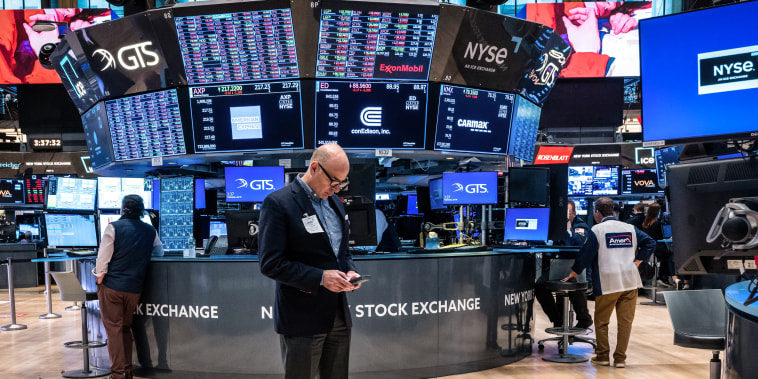The Tuesday trading session experienced a significant drop in the Dow Jones industrial average points due to severe inflation concerns. This unexpected downturn in the market is considered the most severe since January for the S&P 500 Index. Dow Jones, the 30-stock average, crawled down 475 points, approximately 1.36% leading to its lowest closing since February.
Given that the Dow Jones Industrial Average (DJIA) is comprised of 30 blue-chip stocks, its downward movement reflects substantial uncertainties within the economic terrain, particularly with the big players in different sectors. Representatives of these sectors saw a decline in their stock performance contributing to a collective downward pull of Dow. Consequently, company performance scares off investors, triggering a ripple effect that negatively impacts the stock market.
The S&P 500, another pivotal index steeply fell to a further low, marking its worst day since January. The tension largely arises from skyrocketing commodity prices, notably gasoline, metals, and lumber. Also contributing to this gloom were soaring consumer prices, due to the consequent increase in production costs. This index, being more inclusive, sheds light on a broader economic scenario, indicating that a large section of the business environment is struggling.
Often considered a benchmark of the US stock exchange, these indices’ decline suggests a bearish state of the US economy, and mounting investor concern about inflation eroding profits. Experts indicate that the sudden surge in inflation rates could reflect as a potential aftermath of extensive monetary aid released in response to the pandemic. The current stimulus measures, while supporting economic recovery amid the pandemic, may spur an unsustainable economic environment leading to heavy inflation.
The Federal Reserve had earlier indicated their anticipation of a temporary surge in inflation but had maintained the stance that these inflationary pressures would likely be short-lived. However, the recent market fluctuations have caused investors to worry, doubting the temporary nature of this inflation.
The labor market too, mirrors this uncertainty. Despite the surge in vacancies, the April jobs report failed to meet expectations. While one might argue that many are still reliant on unemployment benefits, thus disincentivizing job search, it is crucial to acknowledge the inflationary repercussion of this scenario.
Faltering investor confidence has also impacted the Tech industry, with Nasdaq Composite enduring losses, having declined considerably over the past week. Especially, Aptly represented by large-cap tech stocks, their performance showed the market’s current vulnerability.
Sectors like Energy and Financials, however, showed relative resilience, bucking the current market trend despite the overall market downturn. The crude oil prices witnessed a rise, attributing to the gain in energy sector stocks. Financial stocks too saw inclines in their prices due to soaring longer-term interest rates.
This significant fall in the market could likely stimulate debates about whether this is a correction phase or if the market is heading towards a more severe recession. However, it is crucial to understand that stock markets are inherently volatile, and frequent fluctuations are part of its natural dynamics.
In conclusion, the current downswing in the stock market highlights several challenging economic conditions. The increasing inflation rates accompanied by a struggling labor market have created an uncertain atmosphere around U.S. economic recovery prospects, causing a ricochet effect on investor confidence and stock market indices. Given the multifactor economic challenges, risks appear to have magnified within the corridors of Wall Street.




